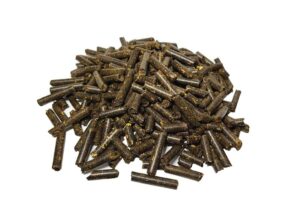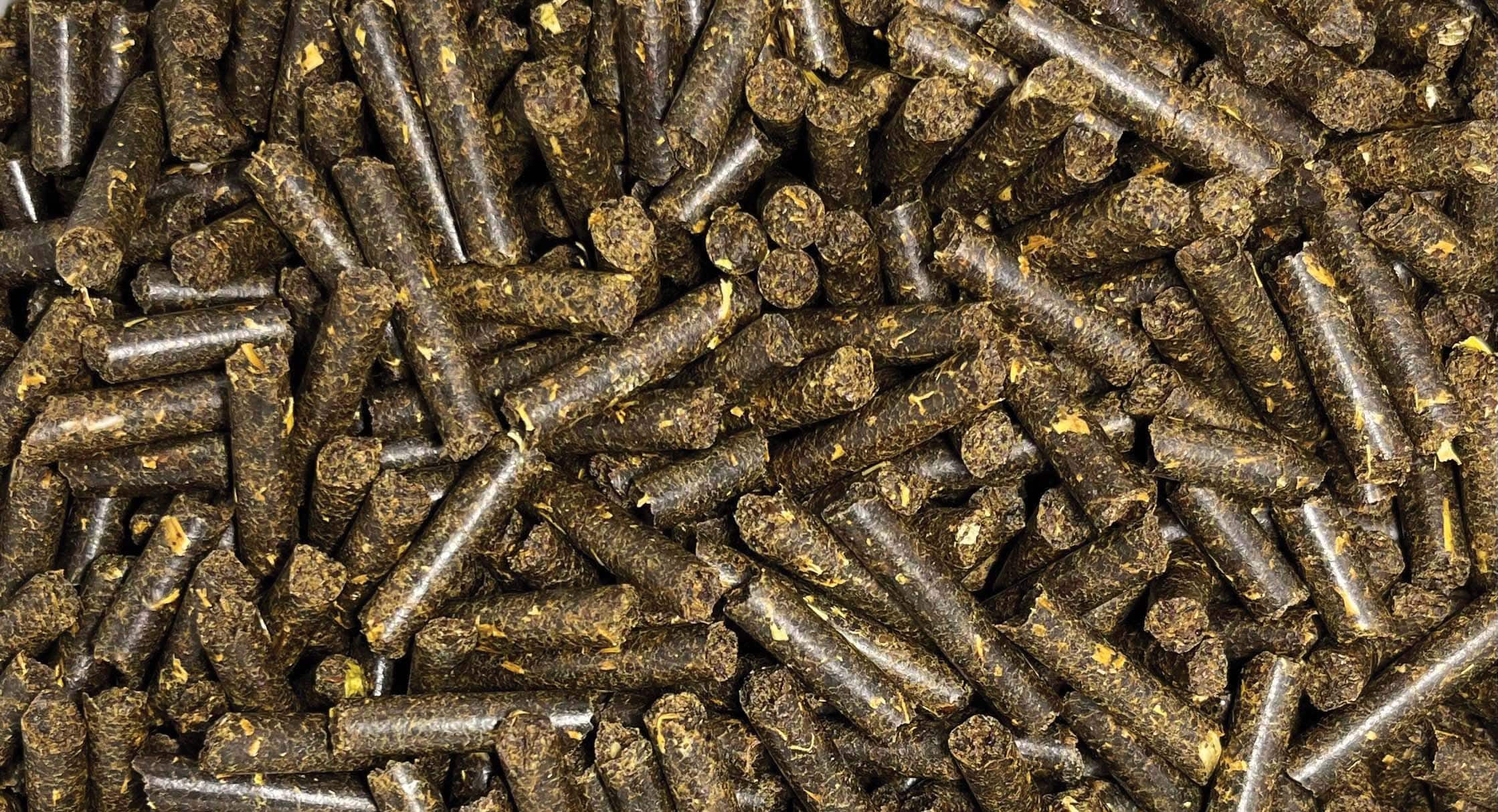How we’ll handle more oil, more meal
The short answer is yes. Brian Conn, Louis Dreyfus Company’s country manager for Canada, says most of the companies expanding or building new facilities are already processing canola in Western Canada.
They know what they’re doing. “The industry is well equipped to handle the expansion,” he says.
This is, however, contingent on rail service, says Chris Vervaet, executive director with the Canadian Oilseed Processors Association. “Regulatory measures such as extended interswitching, which allows shippers access
to an alternate carrier, are important tools to breed some semblance of competition in the system and compel better performance from the railways,” he says.
Conn describes how oil and meal move from the Louis Dreyfus facility. The company leases a fleet of tanker train cars to move oil by rail from Yorkton to food and energy customers in Canada, the U.S. and Mexico. “Ninety per cent of our oil goes south, and north-south movement of oil can be more challenging than east-west transport of grain,” Conn says. “Cars often have to interchange with other U.S. carriers, so it makes for more in-depth arrangements.”
“The direction and magnitude of these
flows may change over time, but we do not
foresee disruptive supply chain challenges
in meeting market needs.”
— Gabe Afolayan
For meal, processors press the meal flour into pellets on site. Pellets are cylinders the diameter of a soybean. They handle about the same as bulk grain.
“There are some challenges with handling canola meal,” says Chad Thomson, export merchant for Parrish & Heimbecker, a company that moves a lot of meal. “For example, pellets breaking down or sticking together in rail cars. But, for the most part, canola meal can be shipped out reliably from export terminals into vessels or via containers to destination customers.”
Conn doesn’t expect any bottlenecks as canola exports from the Prairies move from mostly grain to more oil and meal. “Established market players have been doing this for decades.”
Gabe Afolayan agrees. “The Canadian infrastructure is well-equipped to handle bulk commodity shipments of varying types,” says the Cargill softseeds commercial leader. “The direction and magnitude of these flows may change over time, but we do not foresee disruptive supply chain challenges in meeting market needs.”
Update on the expansions
Louis Dreyfus announced April 2023 that it will more than double its processing facility at Yorkton, Saskatchewan, expanding capacity to over two million tonnes of canola seed per year. Earthworks are underway and some concrete will be poured this fall. The goal, Conn says, is to have it operational by the fourth quarter of 2025.
Richardson International is also more than doubling its Yorkton facility, to 2.5 million tonnes per year. Kelcey Vossen in the Richardson communications department says the company anticipates the expansion will be online in early 2024.
Cargill is building a new canola processor at Regina. “We continue to make progress on building the facility,” Afolayan says.
Federated Co-operatives and AGT also plan to build a canola processor at Regina. Brad DeLorey, director of communications and public affairs with Federated Co-operatives says, “The project is progressing well. We are currently in the Front-End Engineering and Design (FEED) phase. This phase will continue over the next several months.”
Viterra does not have anything to report about its announced plan to built at Regina. The company is in merger talks with Bunge, which already has a number of canola processing facilities across the Prairies.
Meanwhile, Imperial Oil is building the largest renewable diesel refinery in Canada, at Strathcona, Alberta. “We are still considering a range of feedstocks, including canola,” says Lisa Schmidt, media relations with Imperial. The company has started facility construction, “with key contractors mobilizing to site,” Schmidt says.






